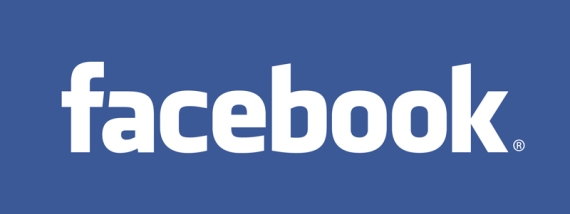| By John Strickland |
An object of boyish wonder, an aviation milestone, a sea-change for cheap air travel, a Jumbo of a plane, the Boeing 747 celebrates its 40th birthday.
Four decades ago, Boeing’s prototype 747 took to the skies over Washington State for a flight lasting some 75 minutes.
The aircraft, named City of Everett after the location of the factory where it was manufactured, handled well. And so was born the aircraft which has become an icon of the aviation industry and helped bring cheap airline travel to millions of people.
I remember as a small boy at the time, watching awestruck a BBC documentary about the development of the 747. The music used to convey the imposing size of the aircraft was Prokofiev’s Dance of the Knights – familiar today from the opening sequence of the Apprentice.
What then made the 747 unique was that it was the first “wide body” aircraft – it had more than one aisle. Today this is the norm for most long haul (and some short haul) aircraft. But at the time it was a big step towards reducing any sense of travelling in a narrow tube, and inducing a sense more equivalent to flying in a large room with high ceilings.
Also new was the upper deck, accessed by a spiral staircase. When the aircraft entered service this was initially a rather exclusive bar for first class passengers – today it is more typically used as an additional business or economy class seating area.
The 747 also saw the introduction of “big fan” engines, with an air intake large enough for a person to stand in. These engines were considerably more powerful than earlier generations, but in their early days did experience some problems with overheating.
The upper deck was also the location for the cockpit, requiring pilots to learn new techniques for handling the 747 from this new vantage point, for landing, take off and taxiing around airports
Airports had to adapt to the sheer size of the new plane once it entered service in 1970 with, for example, wider and stronger taxiways and new jetties (the walkways that connect with the plane).
For airlines the big question was whether they would be able to fill the massive increase in seats, with a doubling of capacity compared with previous jet aircraft.
Less glamorous
There were times, particularly in the early 70s when the 747 did seem too big, as airlines struggled after the oil price shocks of the time. But over the years, airlines have been successful in attracting customers with most choosing a 3-class layout with around 350-400 seats.
Against this growth the travel experience has arguably become less glamorous and more frustrating – just think of those times when several 747s arrive at once and disgorge all their passengers and baggage into the arrivals hall.
Nevertheless, since that first flight, the 747 has fulfilled the faith of its designers and has led to reductions in air fares, opening up air travel to many in a way that was previously unimaginable
This has been made possible by the economies of scale which a larger aircraft can offer.
In simple terms the overall costs of operating an aircraft with, say 400 seats, are typically not double those of an aircraft with 200 seats. In effect, the cost per seat is reduced.
On the one hand, the increased size of the 747 necessitated airlines offering lower fares to encourage more customers and on the other, it gave them the economic basis on which to do so profitably. So although we might complain of travelling in “cattle class” we have the 747 to thank for being able to do so at affordable prices.
The 747 has also found a place in popular culture. It is one of the few modern aircraft to have made it into song – “I lost my heart on a 747” (Tom Paxton) and “got on board a westbound seven forty seven” is a line from “It never rains in southern California”.
This is an aircraft that has truly made its mark.
John Strickland is an air industry consultant.
 Posted on Wed Feb 4, 2009 1:06PM EST
Posted on Wed Feb 4, 2009 1:06PM EST
Recent Comments